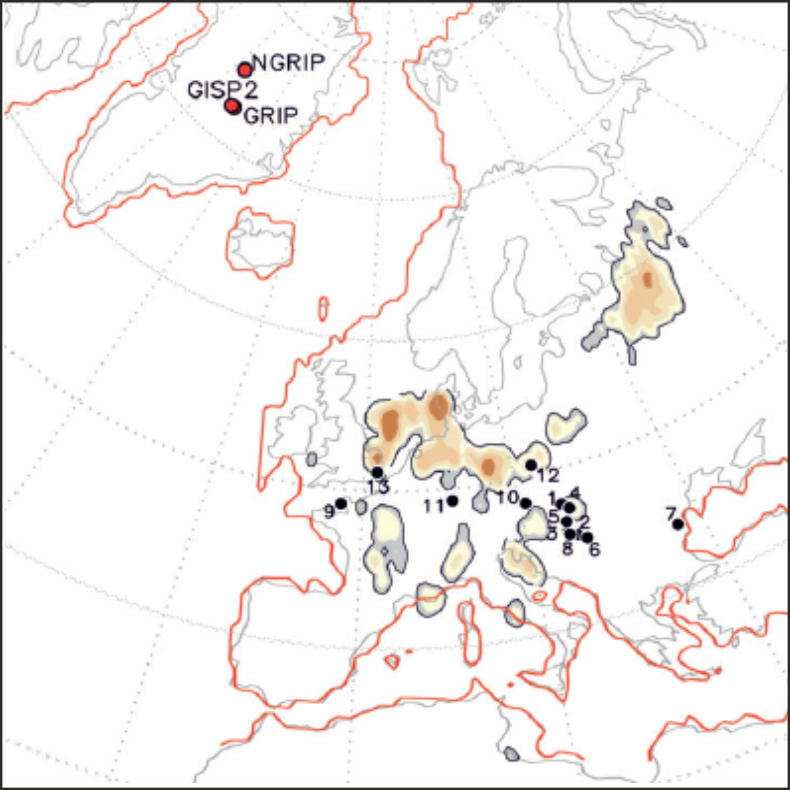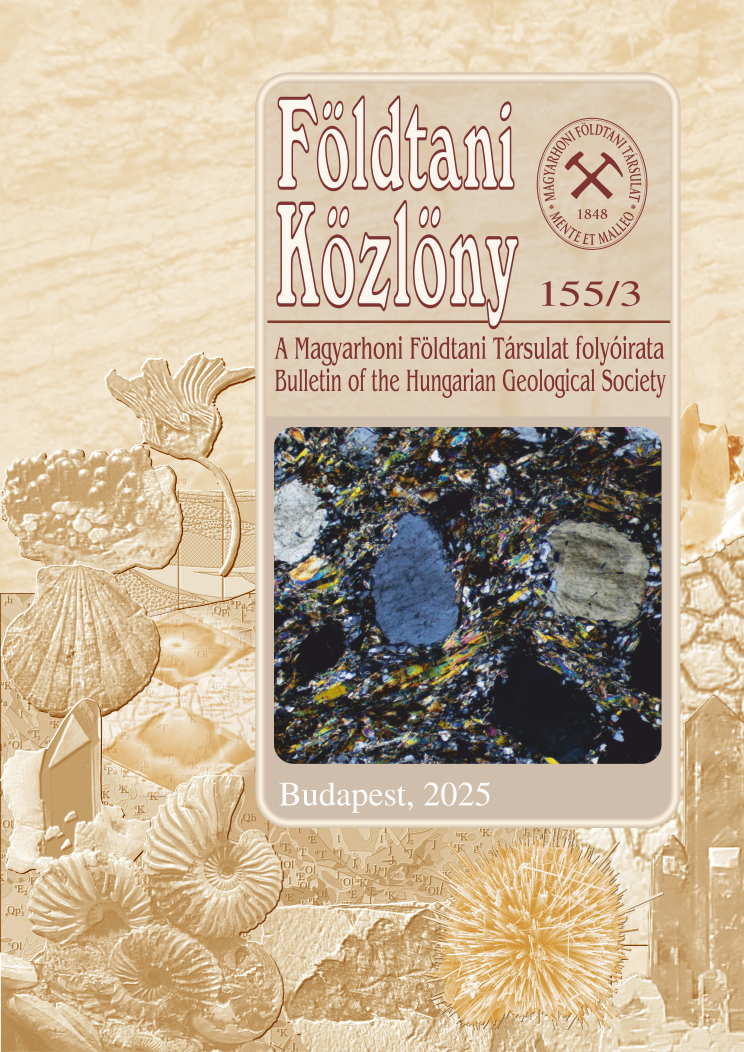Rapid climate and mineral dust cycle changes over the last glaciation in relation to the North Atlantic and Europe
Abstract
The paleoclimate of the North Atlantic region exhibited significant variability during the last glaciation, as evidenced by proxy data from polar ice cores and deep-sea sediments. The generally cold climate was interrupted by sudden, decadal/centennial-scale warm phases, which were part of longer cycles on millennial timescales. These cycles, known as Dansgaard–Oeschger (D–O) cycles, often culminated in cold Heinrich Stadials, which were associated with intense iceberg discharges around the Labrador Peninsula. These rapid climate oscillations had a global impact, affecting the climate of the Eurasian continent, as well as vegetation and continental dust emissions, which in turn fed back into the global climate through both direct and indirect effects. Large areas of mid-latitudes (e.g., Eurasia) were covered during this period by wind-blown loess sediments, providing a unique opportunity to understand both environmental and dust cycle changes across the continents. Moreover, examining the links between terrestrial dust sources and mineral dust trapped in polar ice cores provides insights into glacial atmospheric circulation patterns of the Northern Hemisphere. The present study, which is based on my short DSc thesis at the Hungarian Academy of Sciences, focuses on two main topics. Firstly, it seeks to understand the effects of D–O events in the Carpathian Basin and, more broadly, in Central Europe, and to shed light on the mechanisms behind them. This is achieved using high-precision radiocarbon dating of loess sediments and novel quantitative proxies. The second objective was to obtain a more precise understanding of the primary dust source(s) of glacial aerosol samples from the NGRIP (North Greenland Ice Core Project) ice core by employing clay mineralogy, conventional (Sr-Nd) and novel isotope geochemical (Hf, δ2H) indicators.
















